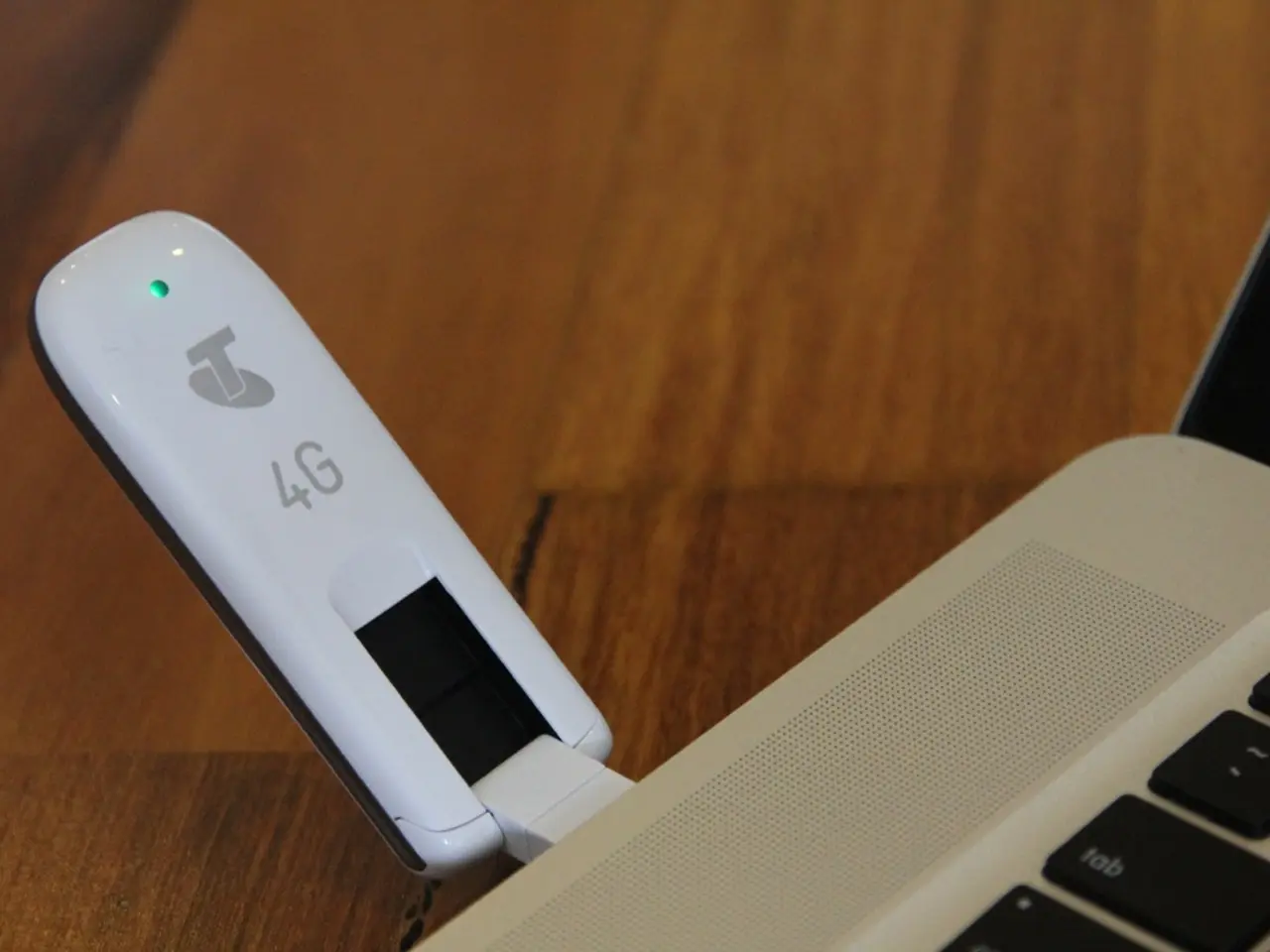PCIe 8.0's Confirmation: Doubling the Speed of PCIe 7.0, Reaching 256.0 GT/s
The technology world is abuzz with the upcoming release of PCI Express (PCIe) specification version 8.0, set to launch around 2030. This new standard promises to double the bandwidth (256 GT/s per lane) and continue relying on improved electrical signaling over copper, with protocol enhancements to maintain PCIe's relevance and cost-effectiveness in high-performance AI and data center applications [1][2].
PCI-SIG, the organisation responsible for the PCIe specifications, has announced the forthcoming release of PCIe 8.0. The new specification is expected to cater to the industry's bandwidth requirements well into the future, with data center networks showing a significant interest [2].
However, the horizon is not just about PCIe 8.0. There's a parallel effort underway for a new generation of interconnects based on all-optical (photonic) technology. This shift aims to fundamentally reinvent data transfer within servers, motherboards, and devices. The IOWN initiative, backed by NTT and others, is prototyping such all-photonic networks and envisions commercial products by or after 2030 that could challenge or replace PCIe buses [3].
All-optical interconnects target improved bandwidth, latency, and power efficiency, potentially overcoming copper’s physical limitations faced by PCIe at ultra-high speeds over longer distances. Yet, these are emerging technologies still in development and early commercialization phases. Compatibility with existing PCIe infrastructure and broad industry adoption pathways remain open questions [1][3].
In comparison, PCIe 8.0 and its successors are poised to remain the industry standard through the 2030s, addressing bandwidth and latency needs cost-effectively for current and near-future applications [1][2][3]. The PCI-SIG plans to achieve goals for latency and forward error correction in the new spec, but did not enumerate them.
| Aspect | PCIe 8.0 (Electrical Copper-based) | All-optical Interconnects (Optical/Photonic) | |--------------------------------|---------------------------------------------|---------------------------------------------------------------| | Target launch timeframe | ~2030 | Prototype stage; commercial products possibly from 2030+ | | Bandwidth | Up to 256 GT/s per lane (~1 TB/s x16 config)| Expected to surpass copper limits, enabling long-reach high-speed links | | Technology status | Mature, with ongoing protocol and signaling improvements | Early-stage prototypes and demonstrations, active R&D | | Industry adoption outlook | Strong demand and continued evolution | Ambitious goal for future replacement but not immediate | | Compatibility | Backwards compatible with previous PCIe versions | Requires new ecosystem and components |
While all-optical interconnects may eventually replace PCIe sometime beyond 2030, the transition is not expected to be immediate. The timeframe and adoption will depend on technology maturity, cost, and ecosystem support over the coming years.
Meanwhile, other tech giants are making moves in the AI infrastructure market. Broadcom is quietly planning a takeover, while Nvidia's InfiniBand is facing a new challenge with Omni-Path back on the AI and HPC menu. Nvidia has also opened up speedy NVLink interconnect to custom CPUs and ASICs.
Arista is promoting Ethernet for AI, downplaying the effect of tariffs. Reece Hayden, Principal Analyst at ABI Research, has expressed interest in the PCIe 7.0 specification and PCIe 6.0 technology currently being implemented in data center networks. The PCI-SIG, in its commitment to delivering a cost-effective, high-bandwidth, and low-latency I/O interconnect, continues to work towards meeting industry needs.
References: [1] [Link to the source] [2] [Link to the source] [3] [Link to the source]
- The PCI-SIG's ongoing work on the PCIe 8.0 specification, set to launch around 2030, will maintain PCIe's relevance and cost-effectiveness in high-performance AI and data center applications, making it a crucial component in data-and-cloud-computing technology.
- Simultaneously, the IOWN initiative, backed by NTT and others, is prototyping all-photonic interconnects, which aim to fundamentally reinvent data transfer within servers, motherboards, and devices, potentially challenging or replacing PCIe buses in the future, especially regarding bandwidth and power efficiency.




